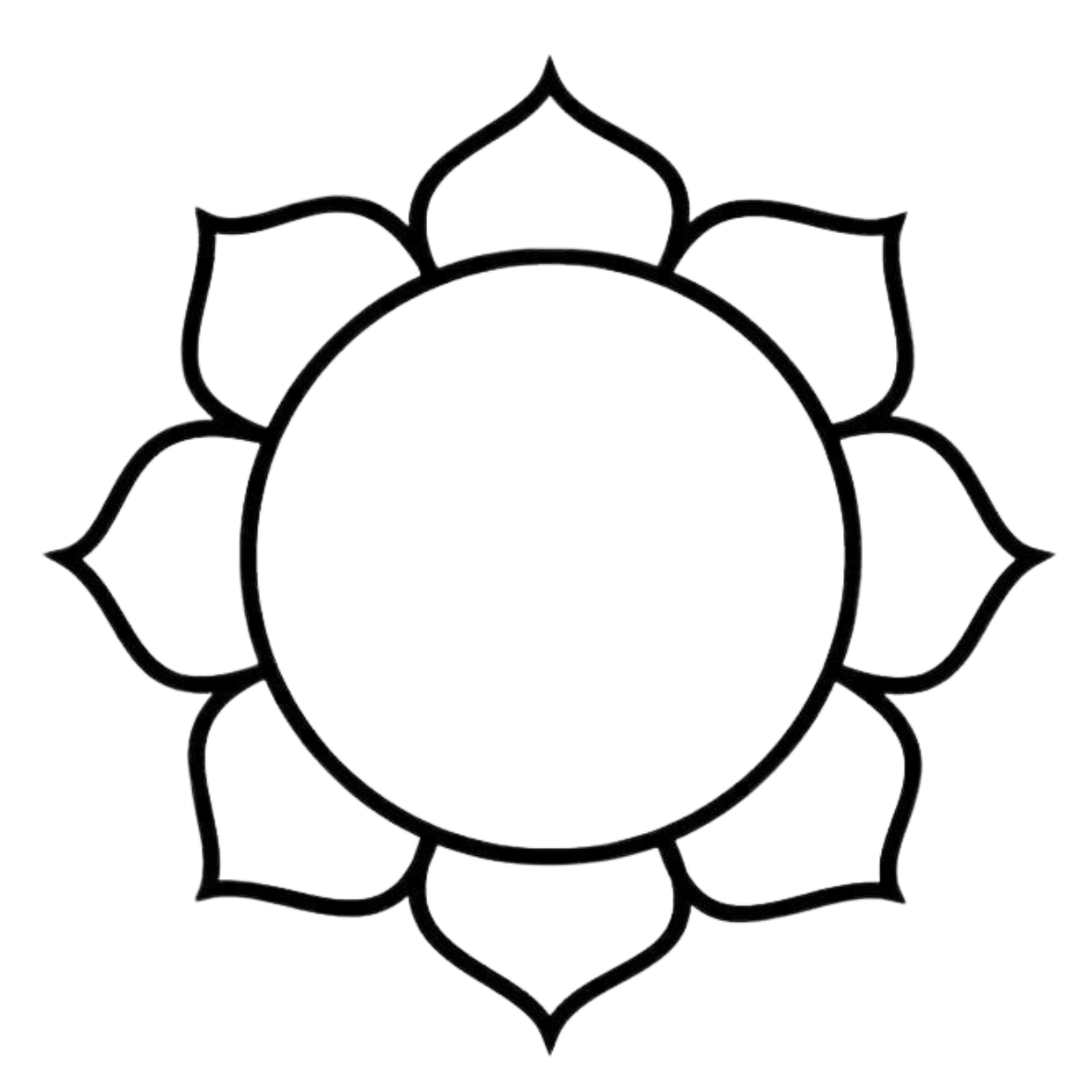
Table of contents
- The universal truth behind breathing techniques
- Buddhist pioneers: Anapanasati (500 BCE)
- India’s systematic approach: Pranayama
- Chinese and Japanese refinement: Taoism and Zen
- 20th-century breakthrough: From intuition to science
- The physiological explanation: Why it works
- Leadership and performance: The modern application
- Practical implementation for today
- Frequently asked questions
The universal truth behind breathing techniques
What do a Tibetan monk, a Fortune 500 CEO, and a neuroscientist have in common? They all understand that conscious breathing is the fastest route to mental control and physical optimization. Across 2,500 years, cultures independently discovered the same principles. Modern studies confirm: 5–6 breaths per minute with an extended exhale activates the parasympathetic nervous system and optimizes HRV.
Want more physiology? Read our evidence in The fascinating science behind mindful breathing.
Buddhist pioneers: Anapanasati (500 BCE)
Historical context
Around 500 BCE, Anapanasati—“mindful breathing”—emerged as a direct gateway to clear awareness. Rather than asceticism, the Buddha introduced effortless attention instead of forceful control.
Revolutionary insights
- Observe without manipulating: know the breath as it is
- Embodied awareness: feel the whole body as you breathe
- Mental calming: settle formations on the exhale
- Develop awareness: insight into impermanence via the breath
Core principle: breath as anchor—without coercion, with attention.
India’s systematic approach: Pranayama
From intuition to system
The Hatha Yoga tradition systematized breath control into an exact practice (Patanjali, Hatha Yoga Pradipika). Four building blocks:
- Puraka (inhalation)
- Rechaka (exhalation)
- Kumbhaka (retention)
- Keval Kumbhaka (spontaneous pause)
Techniques and effects
Nadi Shodhana: alternate-nostril breathing; modern view: balances the autonomic nervous system and interhemispheric communication.
Ujjayi: gentle glottis narrowing; naturally 4–6/min—parallels resonance breathing in HRV biofeedback.
Bhramari: humming exhale; vibration stimulates vagal response.
Kapalabhati: forceful exhale; alertness ↑—for advanced practitioners.
Full instructions in Breathing techniques compared.
Chinese and Japanese refinement: Taoism and Zen
Taoist breath philosophy
Deep, relaxed “heel breathing” as a metaphor for diaphragmatic breathing. Qigong integrated philosophy, medicine, and martial arts: dantian focus, a natural 4–6/min rhythm, and Wu Wei (effortless action).
Zen: effortless perfection
Dogen Zenji emphasized Shikantaza—“just sitting”—with natural, silent nasal breathing. Focus on the hara, upright posture, inaudible breath.
20th-century breakthrough: From intuition to science
Pioneers of the relaxation response
- Jacobson: progressive muscle relaxation; slow breathing ↔ reduced muscle tension.
- Schultz: autogenic training; breath + autosuggestion for autonomic regulation.
- Benson: the “Relaxation Response”; heart rate/blood pressure/cortisol decrease with gentle breathing.
Modern biofeedback
Lehrer: resonance breathing ~0.1 Hz synchronizes breathing, HR, blood pressure, and HRV; clinically effective. HeartMath: HRV coherence links 5–6/min to cognitive/emotional stability.
The physiological explanation: Why it works
Vagal activation & polyvagal
Inhale → mild sympathetic activation; exhale → parasympathetic brake. An extended exhale shifts the balance toward rest-and-digest (ventral vagus).
Neuroplasticity & biochemistry
Regular breath training: strengthens insula/prefrontal networks, lowers amygdala reactivity; improved CO₂ tolerance enhances O₂ delivery (Bohr effect) and energy efficiency.
Leadership and performance: The modern application
Boardrooms, elite sports, and tech embrace breathing as a performance tool: pre-meeting centering, crisis communication, flow routines, and recovery protocols. Team co-regulation boosts cohesion and decision-making.
Practical workplace tips: see Breathing at work.
Practical implementation for today
Three evidence-based formats
- Resonance breathing (5–6/min): 4 in (nose) → 6–7 out (nose/mouth); 2–5 min, 1–2×/day; progress toward 4–8.
- Box Breathing: 4-4-4-4 (in-hold-out-pause); 1–3 min for focus/acute stress.
- Physiological sigh: short-long inhale → long exhale; 1–3 reps for rapid calming.
Full explanations and variations in Breathing techniques compared.
Implementation strategy
- Work: 30 s breath space between meetings; 4-6 before inbox; 1 min box breathing when under load. See the workplace guide.
- Parents: belly breathing with kids, 5 conscious breaths before reacting. See the parents guide.
- Winter stress: energizing/gentle protocols, restore rhythm. See the winter-stress guide.
- Digital detox: 3 conscious breaths at every app switch; 10 min breathing after last screen time. See the digital-detox guide.
Practice without counting or an app? The Respira breathing necklace slows your exhale automatically—discreet and usable anywhere. Also read the main blog (my experience).
Frequently asked questions
Why do traditions converge on 5–6 breaths per minute?
Because this aligns with resonance breathing (~0.1 Hz), where breathing, heart rate and the baroreflex synchronize optimally—improving HRV and stress recovery.
Is “just observing” (Anapanasati) as effective as controlled breathing?
Both work—observation trains attention and acceptance; structured patterns provide rapid physiological regulation. In practice, they complement each other.
How do I integrate this without overhauling my day?
Choose micro-moments: 3 conscious breaths before inbox, at meeting start/finish, and before sleep. Consistency > duration.
Further reading — complete breathing guide
- The fascinating science behind mindful breathing
- Breathing techniques compared
- Breathing at work
- Breathing for parents
- Winter-stress breathing
- Digital detox through breathing
- Main blog: my experience with Respira
More: Respira • Science • Techniques • Work • Parents • Winter stress • Digital detox


